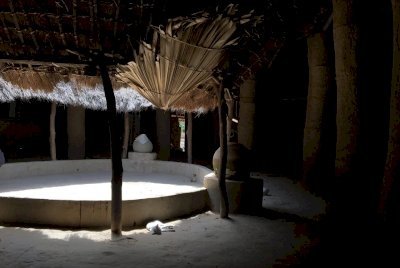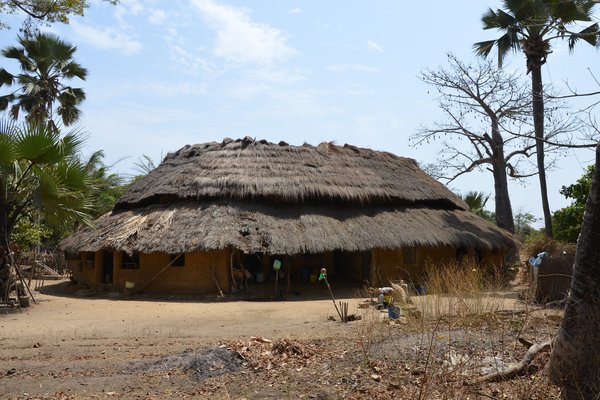Senegal
Les cases à impluvium du royaume Bandial
Site Info
Official Information
- Full Name
- Architecture rurale de Basse-Casamance : Les cases à impluvium du royaume Bandial (ID: 2076)
- Country
- Senegal
- Status
-
On tentative list 2005
Site history
History of Les cases à impluvium du royaume Bandial
- 2005: Added to Tentative List
- Added to tentative list
- Type
- Cultural
- Criteria
Links
- UNESCO
- whc.unesco.org
All Links
UNESCO.org
- whc.unesco.org — whc.unesco.org
Community Information
- Community Category
- Urban landscape: African
Travel Information
Recent Connections
News
No news.
Recent Visitors
Visitors of Les cases à impluvium du royaume Bandial
Community Reviews
Show full reviewsStanislaw Warwas
Les cases à impluvium du royaume Bandial
Les cases à impluvium du royaume Bandial (On tentative list)

Visited February 2017.
On the way back from Cap Skirring (if you like beaches, good food and tranquillity, the area around this town can be a perfect destination for your holiday; but if you prefer more active way of life, the area has also a lot to offer: from pirogue trips into the bolong to quad expeditions to fishing) to Ziguinchor I decided to stop in Brin which is the best place to start a journey into the Bandial country (old Kingdome of Bandial, Mof Awi) where old tradition of houses with impluvium is still pretty popular. The road from Brin to Séléki and Enampore is not marked on Google Map, but tell the driver of your sept-places where you want to go and he’ll drop you at a small junction leading into the forest. If you’re lucky, you can catch local transport going that way, if not, ask people in Brin to give you a lift – that’s what I did after 30 minutes of waiting.
I was dropped in Enampore’s tourist campsite and hostel looking like the old impluvium house, but this one is pretty young and made of modern materials; there were no tourists at all and the owner was sleeping in a kind of home-made hammock. I left my backpack with him and promised to have a lunch there after visiting local communities.
He showed me the way to the nearest house with impluvium – just few hundreds meter from the main road …
Keep reading 0 comments
